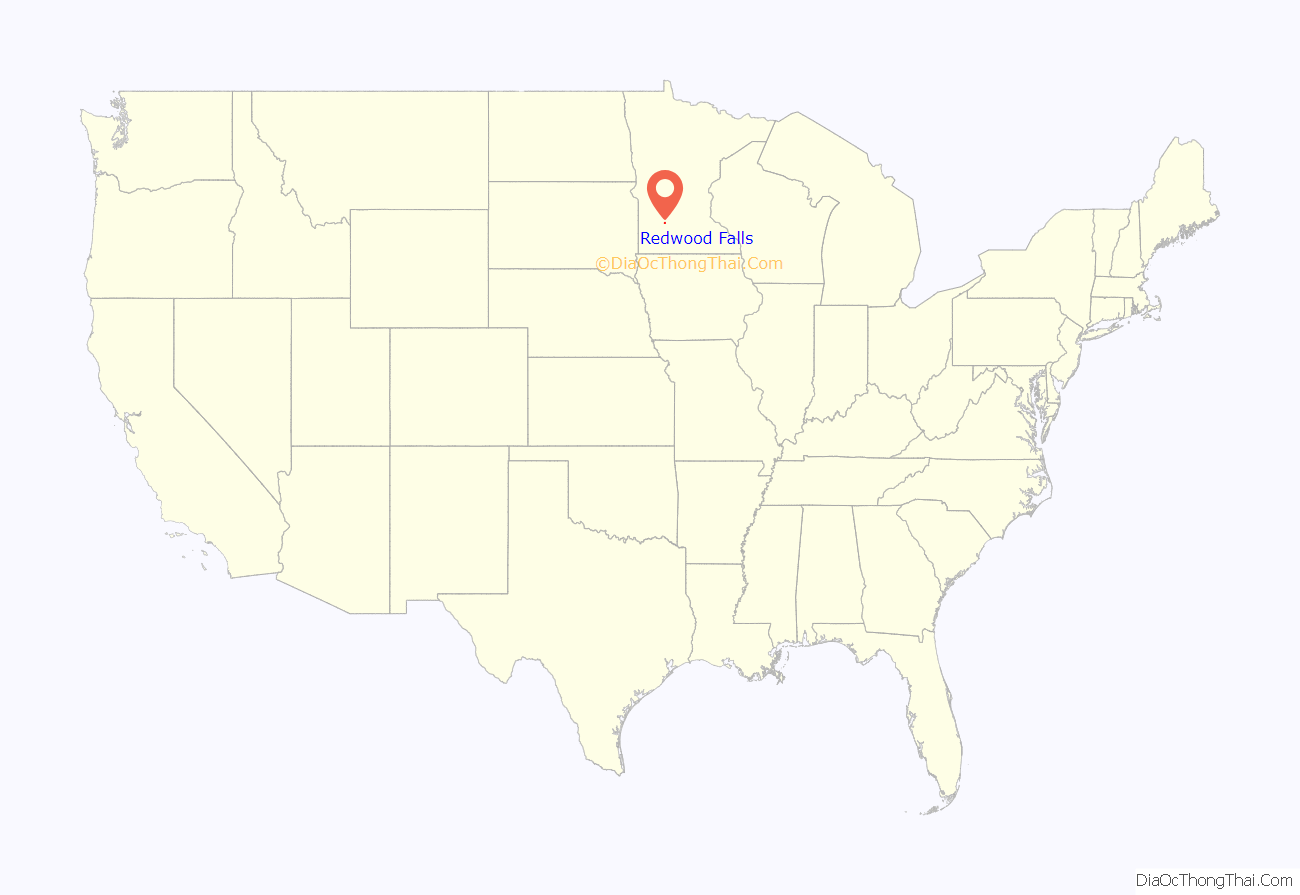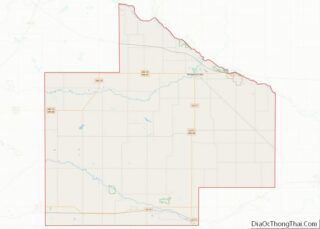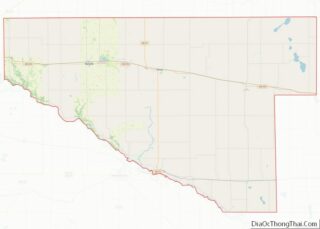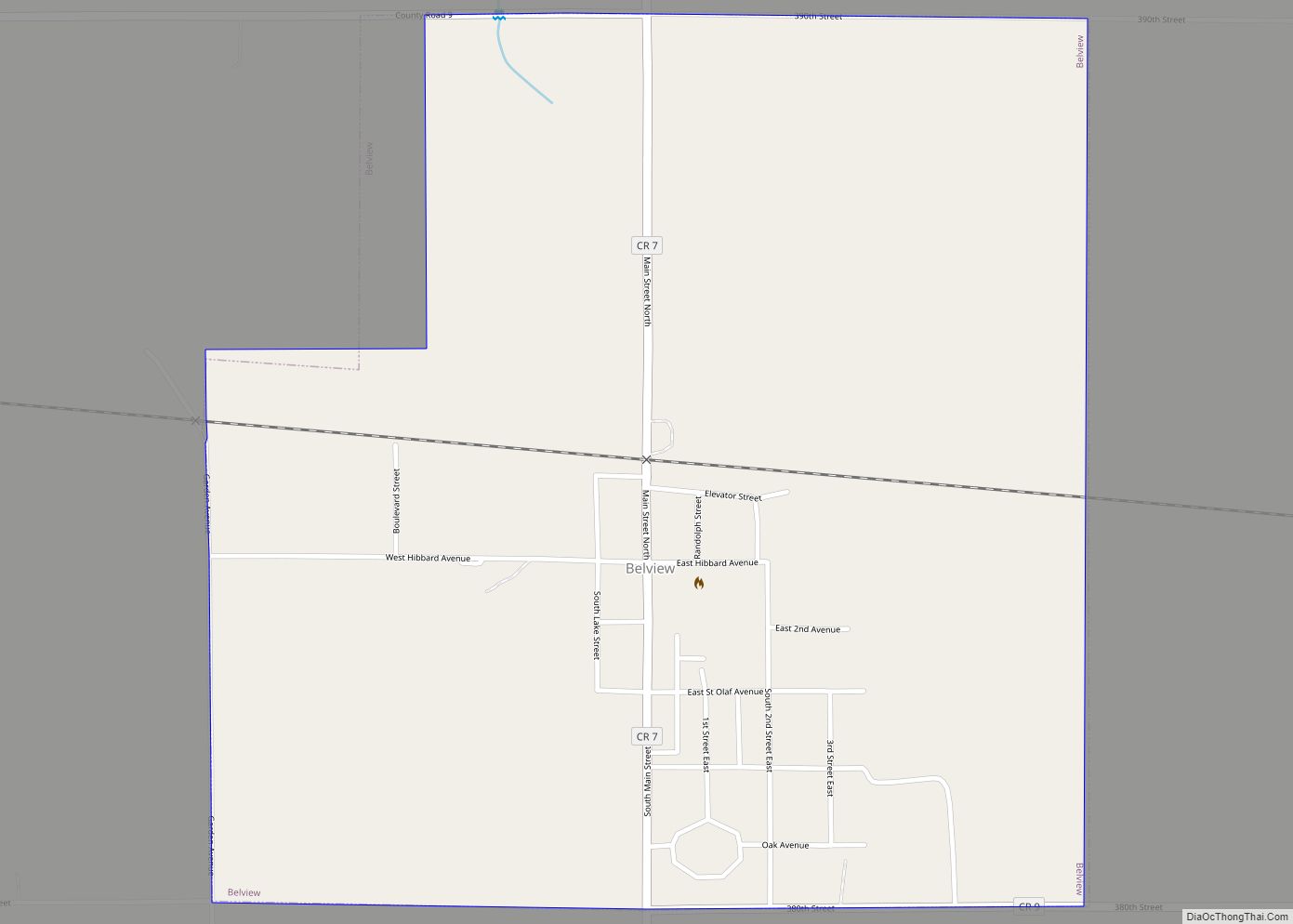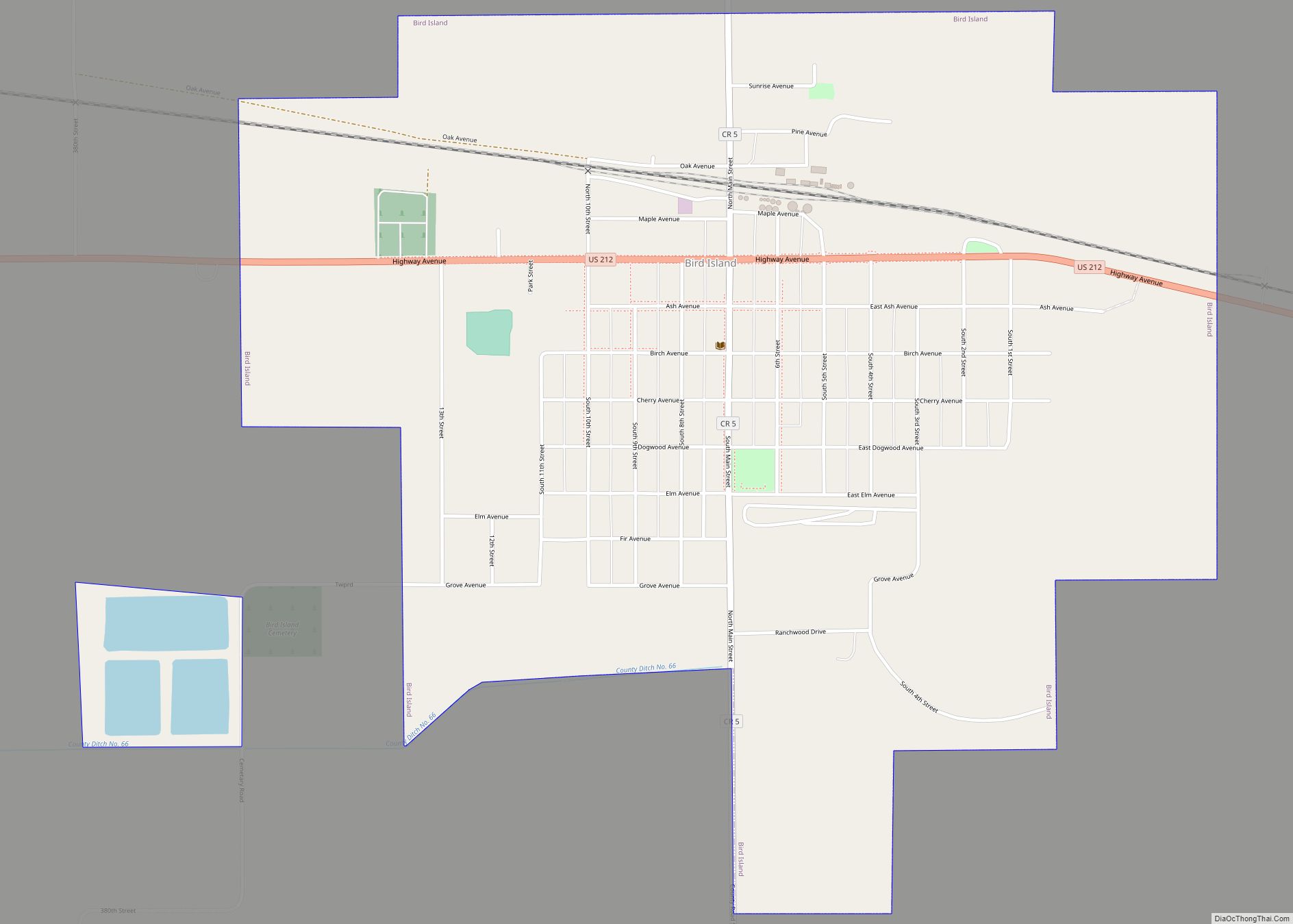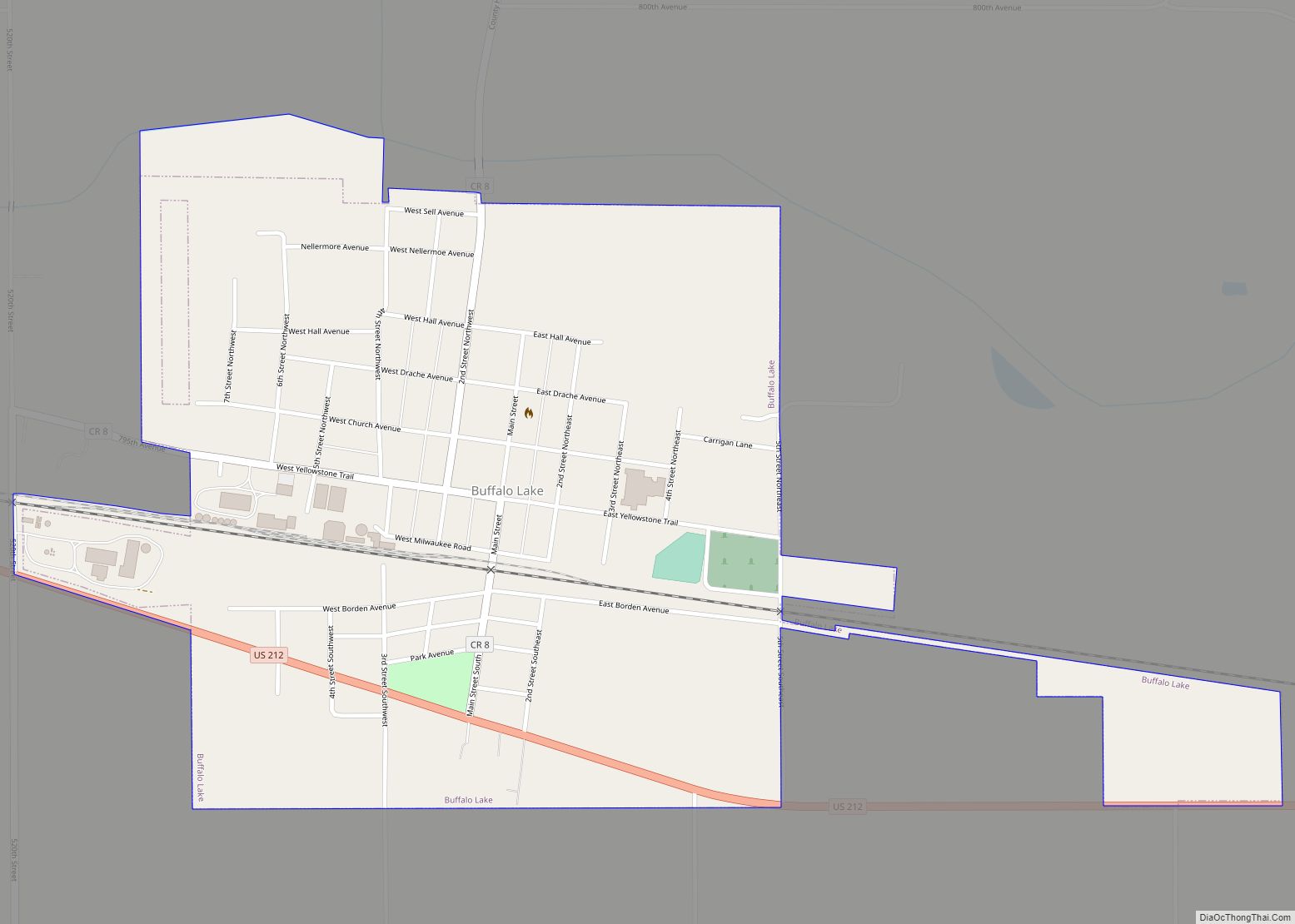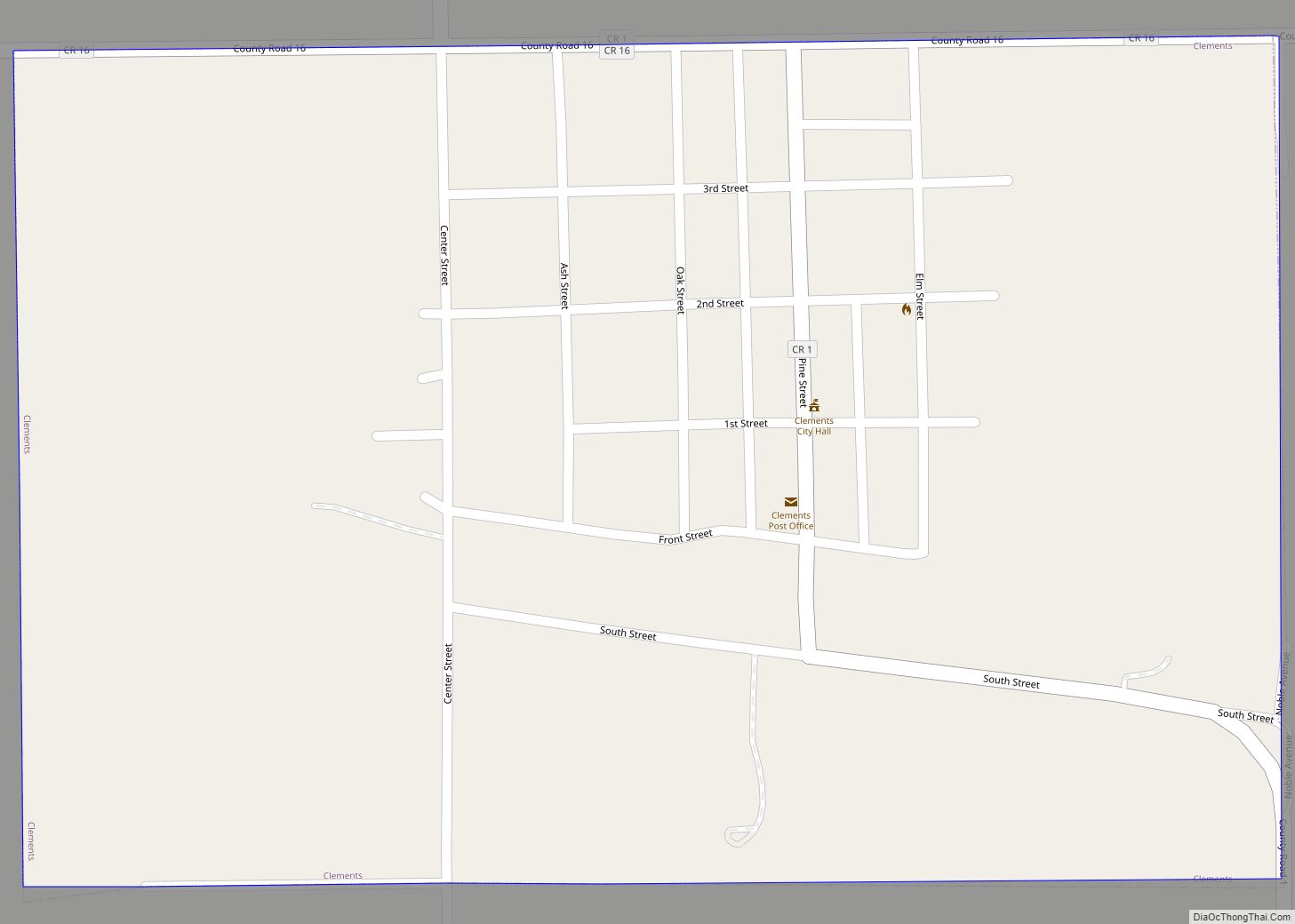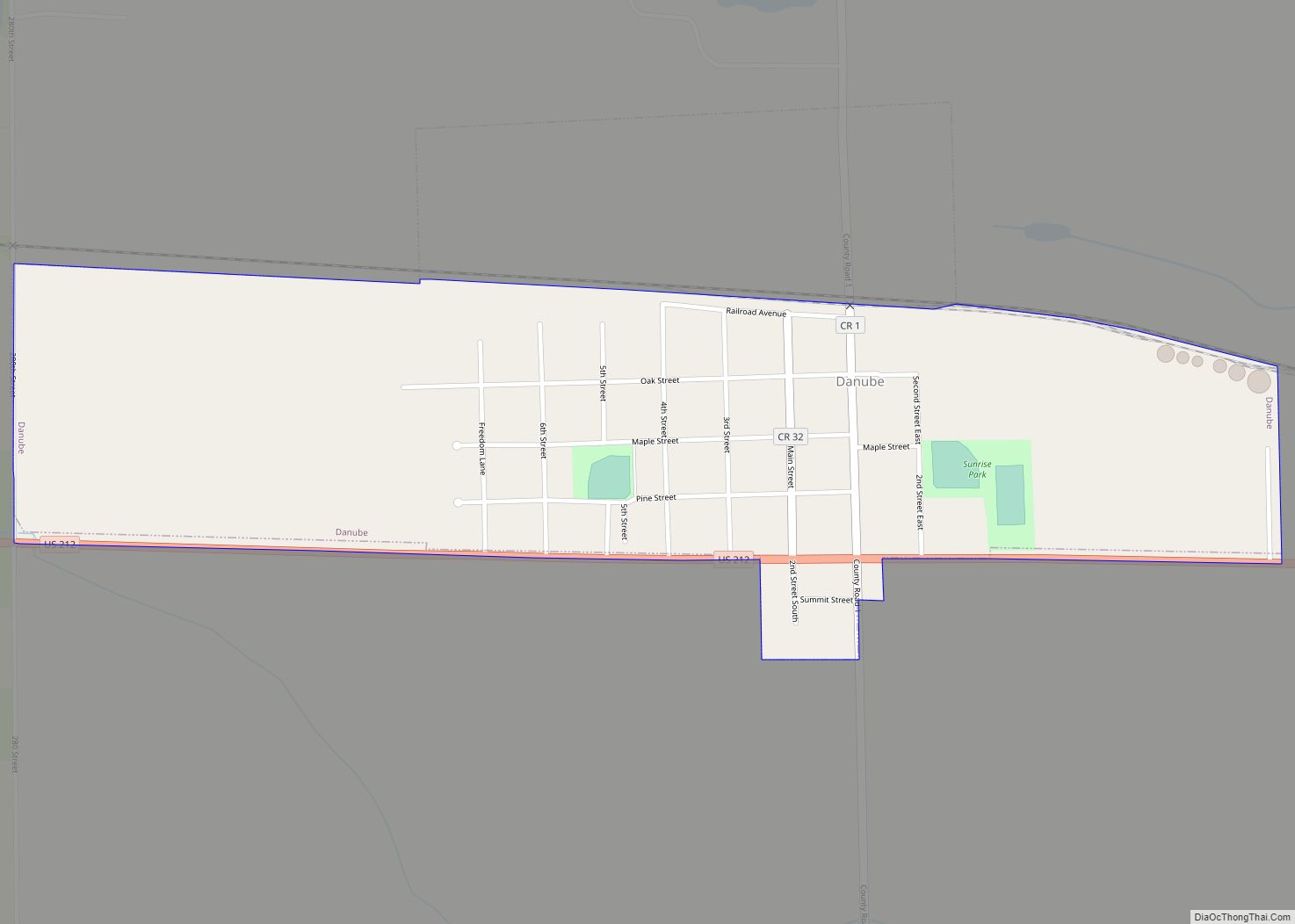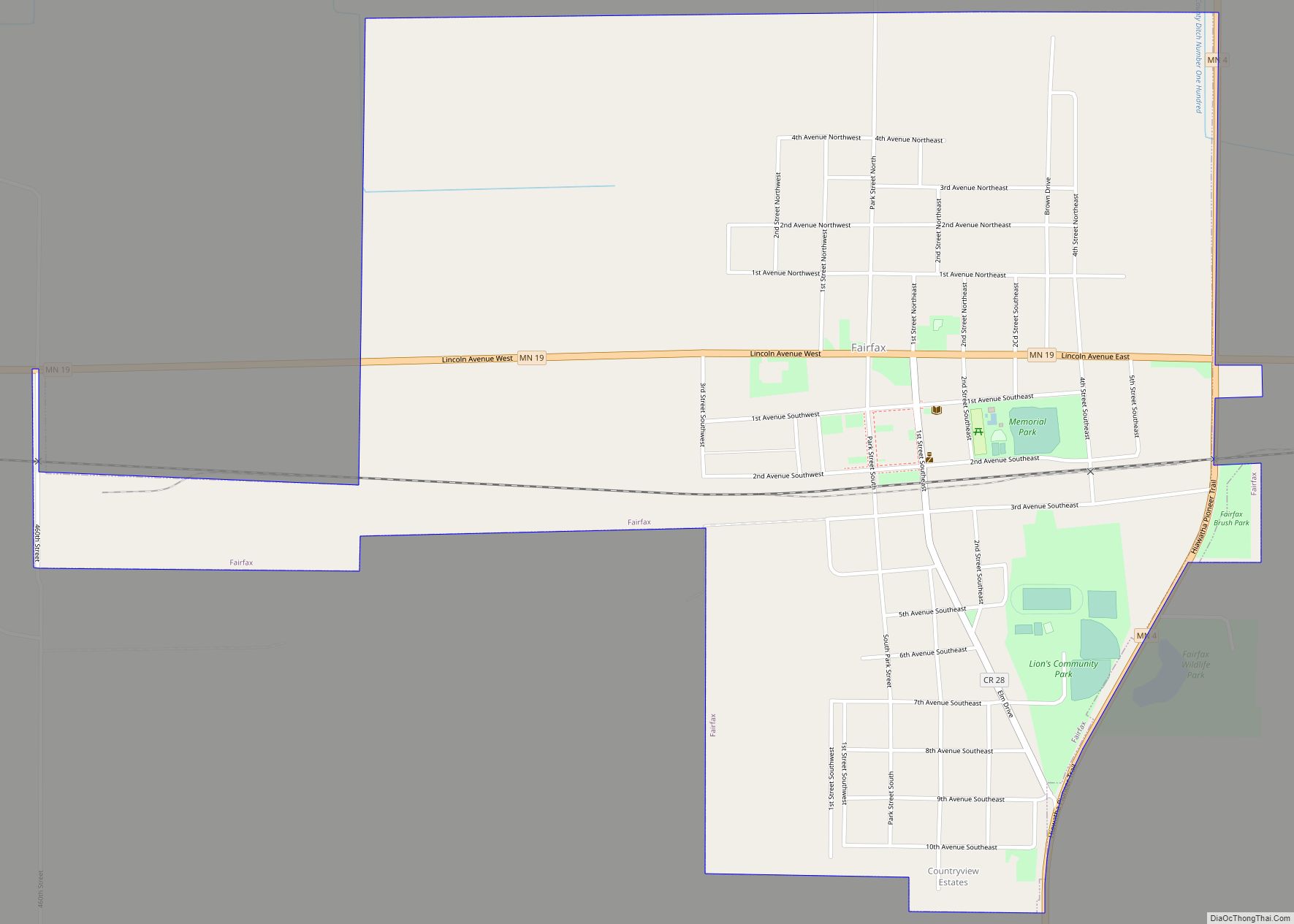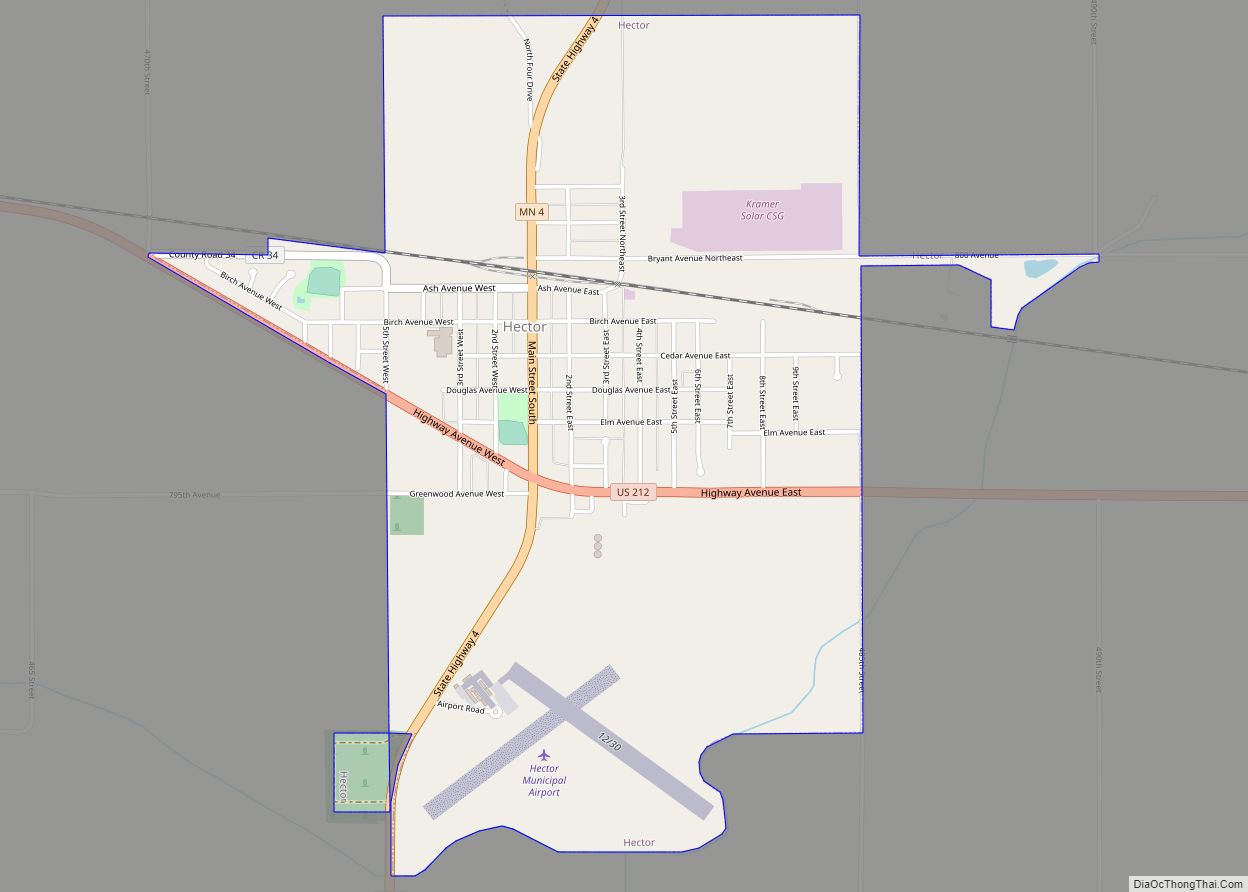Redwood Falls is a city in Redwood County, located along the Redwood River near its confluence with the Minnesota River, in the U.S. state of Minnesota. The population was 5,102 at the 2020 census. It is the county seat.
| Name: | Redwood Falls city |
|---|---|
| LSAD Code: | 25 |
| LSAD Description: | city (suffix) |
| State: | Minnesota |
| County: | Redwood County, Renville County |
| Elevation: | 1,043 ft (318 m) |
| Total Area: | 5.40 sq mi (14.00 km²) |
| Land Area: | 5.28 sq mi (13.68 km²) |
| Water Area: | 0.12 sq mi (0.32 km²) |
| Total Population: | 5,102 |
| Population Density: | 966.10/sq mi (372.99/km²) |
| ZIP code: | 56283 |
| Area code: | 507 |
| FIPS code: | 2753656 |
| GNISfeature ID: | 0649900 |
| Website: | ci.redwood-falls.mn.us |
Online Interactive Map
Click on ![]() to view map in "full screen" mode.
to view map in "full screen" mode.
Redwood Falls location map. Where is Redwood Falls city?
History
As the immigrant and the Euro-American population of the North American east coast region grew, population pressures affected people far inland. People moved west to find new homes as more and more land was used by farmers. The Minnesota area is the ancestral homeland of the several Dakota peoples, who consisted of the loosely confederated Oceti sakowin (Seven Council Fires). By 1700, Ojibwe, who spoke an Anishinaabe language, had also come to what is now Minnesota from the further east around the Great Lakes. At times they came into conflict with the Dakota over land and resources and began to push them to the west.
19th century
By the mid-19th century, the traditional Dakota yearly cycle of farming, hunting, fishing, and gathering wild rice had been disrupted by cultural changes. Permanent farms were established by European-American settlers, changing habitat. In addition, they removed forests in eastern Minnesota for timber and to develop farmland. Wild game such as bison, elk, whitetail deer, and bear had been hunted so intensively that populations were much reduced compared to the centuries before Euro-American settlement. Dakota people relied on the sale of valuable furs to American traders to earn cash needed to buy necessities.
To encourage the Dakota to bring in more furs, traders offered merchandise on credit. It is not clear that the Dakota well understood the concept of credit, but they grew to depend on trade goods for metal tools and other items.
Pressure from traders who wanted to be paid and concern from government officials about the ability of the Dakota to earn the money they needed, led to the 1851 Treaty of Traverse des Sioux. The federal government wanted to extinguish Native American land title to tracts of land and offered the people annuities of money and goods in exchange. The Dakota agreed to live on a twenty-mile-wide reservation centered on a 75-mile stretch of the upper Minnesota River. Annuity payments for the Dakota were late in the summer of 1862, an example of a pattern of poor delivery of payments and supplies to them.
The site of the future town of Redwood Falls was within the Dakota reservation area along the lower Minnesota River. The war of 1862 was a small segment in Sioux history of conflict with European Americans. Corruption and malfeasance by the Bureau of Indian Affairs resulted in delays of payments of annuities and supplies of promised supplies, causing great hardships for the Dakota. In addition, they struggled with the effects of the relocation and inability to adjust to settled subsistence farming.
An August 4, 1862 confrontation between soldiers and Dakota men led the Indian Agency near Granite Falls to distribute provisions to the tribe on credit to avoid violence. At the Lower Agency at Redwood, however, things were handled differently. At an August 15, 1862 meeting attended by Dakota representatives, Indian Agent Thomas Galbraith, and representatives of the traders, the traders resisted pleas to distributing provisions held in agency warehouses to starving Dakota until the annuity payments arrived. In 1862, U.S. officials in Minnesota were distracted by the U.S. Civil War, payments did not arrive, and the suffering of the Dakota was severe. Some young Dakota took action to claim what they were owed, killing several people in the process. This began the Dakota War of 1862.
As a result of the war, the U.S. government hanged 38 participants and attempted to expel the Dakota people from Minnesota altogether. But it ended up maintaining the Lower Sioux Indian Reservation in Redwood County. Over time, the Dakota lost control of much of the land first set aside in 1851.
In 1864, Sam McPhail, a colonel who had commanded US troops in the war and was a land speculator, claimed the land where Redwood Falls was developed. He hired men to use lumber from the Dakota reservation to build a fortified house and surrounded it with a sod stockade eight feet tall. McPhail published the Redwood Falls Patriot from 1866 to 1869. He was a probate judge and first Redwood County attorney. In 1872, he donated land for the county courthouse as Redwood Falls was designated as the county seat.
Among settlers who joined McPhail in 1864 was John St. George Honner. Honner claimed land north of Redwood Falls. The house he built in 1869 still stands in North Redwood and is listed on the National Register of Historic Places. Honner was appointed as the first postmaster and also served as a county official. Active in electoral politics, he served as a representative and later as a senator in the state legislature between 1866 and 1874. Honner operated a granite quarry near North Redwood and supplied the stone for the county courthouse.
20th century to present
After World War II, Redwood Falls was home to the Minnesota Inventors Congress. Started in 1958 to encourage innovation and entrepreneurship and attract industry to town, MIC held a juried exhibition each year. It also sponsored a contest for student inventors and a parade for the city. After a 58-year run, the MIC was ended in 2014 due to a lack of funding.
The city of Redwood Falls took over Alexander Ramsey Park in 1958 from the state of Minnesota. Ramsey had been one of the least used and least developed state parks. It has been improved as the largest municipal park in Minnesota.
The cities of North Redwood and Redwood Falls merged in 1996; they are now known as the single entity, Redwood Falls. In 2010 Native Americans composed more than 6% of the population in the city. They continue to live in many areas of Minnesota.
Redwood Falls Road Map
Redwood Falls city Satellite Map
Geography
According to the United States Census Bureau, the city has a total area of 5.38 square miles (13.93 km); 5.25 square miles (13.60 km) is land and 0.13 square miles (0.34 km) is water. The Redwood River flows through the city near its mouth at the Minnesota River.
Redwood Falls is located along U.S. Highway 71. Other main highways in the city include Minnesota State Highways 19 and 67.
Climate
Redwood Falls has a hot-summer humid continental climate (Köppen Dfa), with hot summers and freezing winters.
See also
Map of Minnesota State and its subdivision:- Aitkin
- Anoka
- Becker
- Beltrami
- Benton
- Big Stone
- Blue Earth
- Brown
- Carlton
- Carver
- Cass
- Chippewa
- Chisago
- Clay
- Clearwater
- Cook
- Cottonwood
- Crow Wing
- Dakota
- Dodge
- Douglas
- Faribault
- Fillmore
- Freeborn
- Goodhue
- Grant
- Hennepin
- Houston
- Hubbard
- Isanti
- Itasca
- Jackson
- Kanabec
- Kandiyohi
- Kittson
- Koochiching
- Lac qui Parle
- Lake
- Lake of the Woods
- Lake Superior
- Le Sueur
- Lincoln
- Lyon
- Mahnomen
- Marshall
- Martin
- McLeod
- Meeker
- Mille Lacs
- Morrison
- Mower
- Murray
- Nicollet
- Nobles
- Norman
- Olmsted
- Otter Tail
- Pennington
- Pine
- Pipestone
- Polk
- Pope
- Ramsey
- Red Lake
- Redwood
- Renville
- Rice
- Rock
- Roseau
- Saint Louis
- Scott
- Sherburne
- Sibley
- Stearns
- Steele
- Stevens
- Swift
- Todd
- Traverse
- Wabasha
- Wadena
- Waseca
- Washington
- Watonwan
- Wilkin
- Winona
- Wright
- Yellow Medicine
- Alabama
- Alaska
- Arizona
- Arkansas
- California
- Colorado
- Connecticut
- Delaware
- District of Columbia
- Florida
- Georgia
- Hawaii
- Idaho
- Illinois
- Indiana
- Iowa
- Kansas
- Kentucky
- Louisiana
- Maine
- Maryland
- Massachusetts
- Michigan
- Minnesota
- Mississippi
- Missouri
- Montana
- Nebraska
- Nevada
- New Hampshire
- New Jersey
- New Mexico
- New York
- North Carolina
- North Dakota
- Ohio
- Oklahoma
- Oregon
- Pennsylvania
- Rhode Island
- South Carolina
- South Dakota
- Tennessee
- Texas
- Utah
- Vermont
- Virginia
- Washington
- West Virginia
- Wisconsin
- Wyoming
